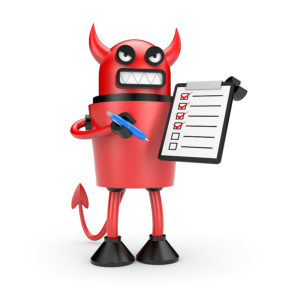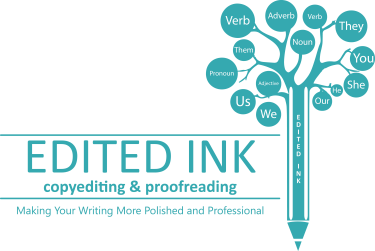What is proofreading?
Proofreading is the final process of reviewing a piece of writing to find and correct mistakes before it is printed or put online.
Proofreaders ensure that a final draft is free of grammatical errors (e.g., subject–verb agreement, syntax, incorrect spelling, improper punctuation, capitalization, and how numbers are used). They also ensure a document adheres to a chosen style guide.

Can you proofread your own work?
It is difficult to proofread your own work. You are familiar with the material, and your eyes see what your brain expects to see. Writers are taught to finish a piece and let it rest a measure of time (a few days at least, a week or more) before tackling an edit and to wait again before proofreading—all so that you won’t be too familiar with the text.
How to make proofreading simpler
There are numerous tips on how to make proofreading simpler:
- Print the document to be read
- Use a ruler to keep your eyes from wandering
- Use a finger to go over every word so your eyes do not read ahead and pronounce every syllable, especially in long words
- Read a document at least twice: once for spelling, punctuation, grammar, etc., and a second time for form, flow and consistency
- If unsure of a word, underline it and make a vertical mark at the end of that line of text so as to not interrupt the proofreading process, yet leave a reminder of where and what to doublecheck
- Read material out loud, a foolproof way to catch overlooked errors
- Work in fifteen-minute increments so your eyes do not become tired
- Do not rely on spell-checkers: that software’s limitations might misspell some words and not recognize misused words.
Why is proofreading important?
Proofreading is important because any writing intended for publication—whether an academic article, business document or website—must communicate its message in the clearest possible way. You don’t want an error to damage your credibility.
————-
By the time a document is ready to be proofread, it should have been edited already (see previous blog: “The Devil is in the Details Part I: Copyediting”)


